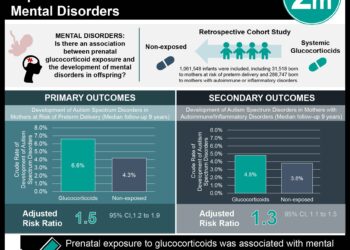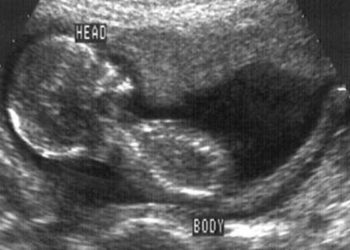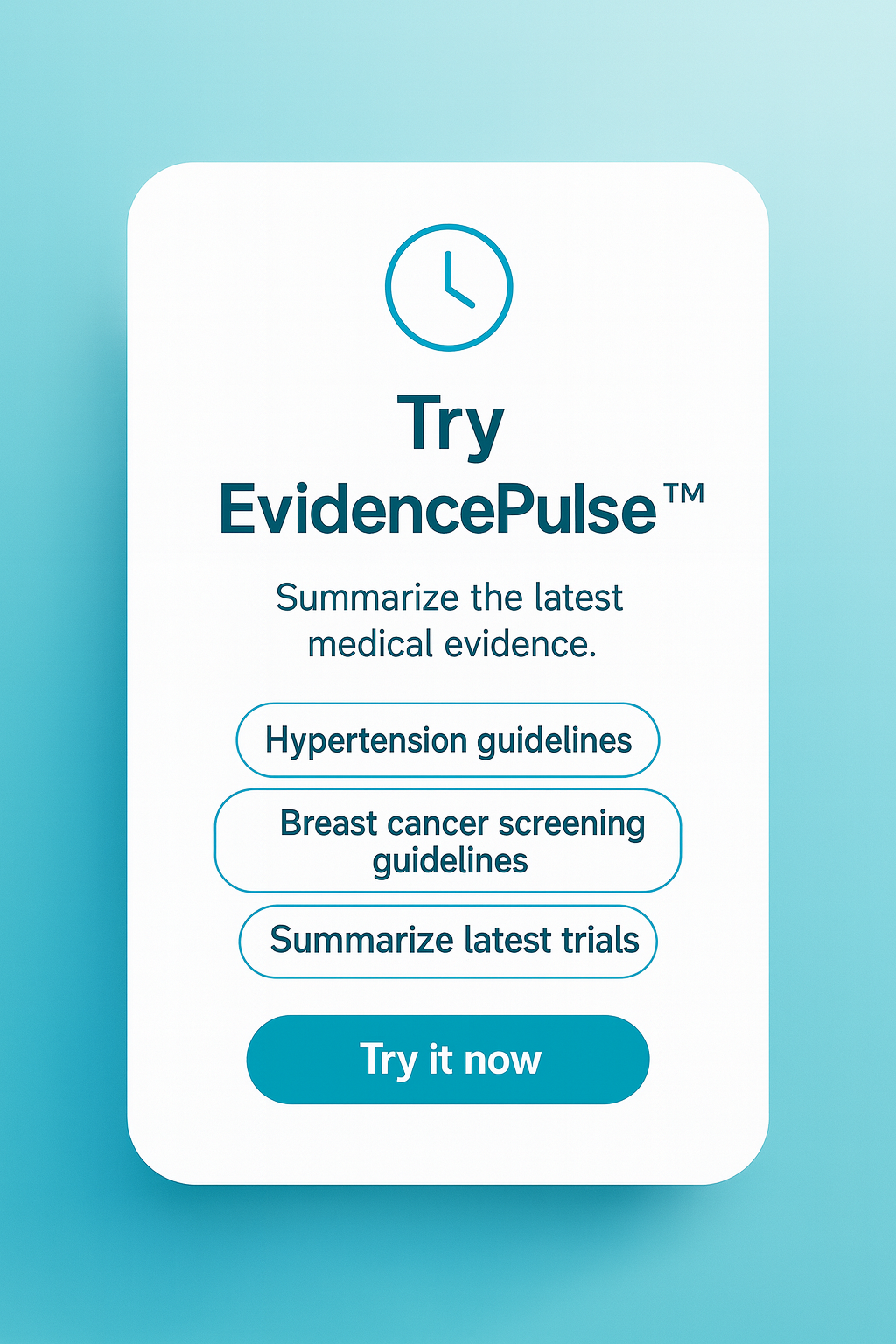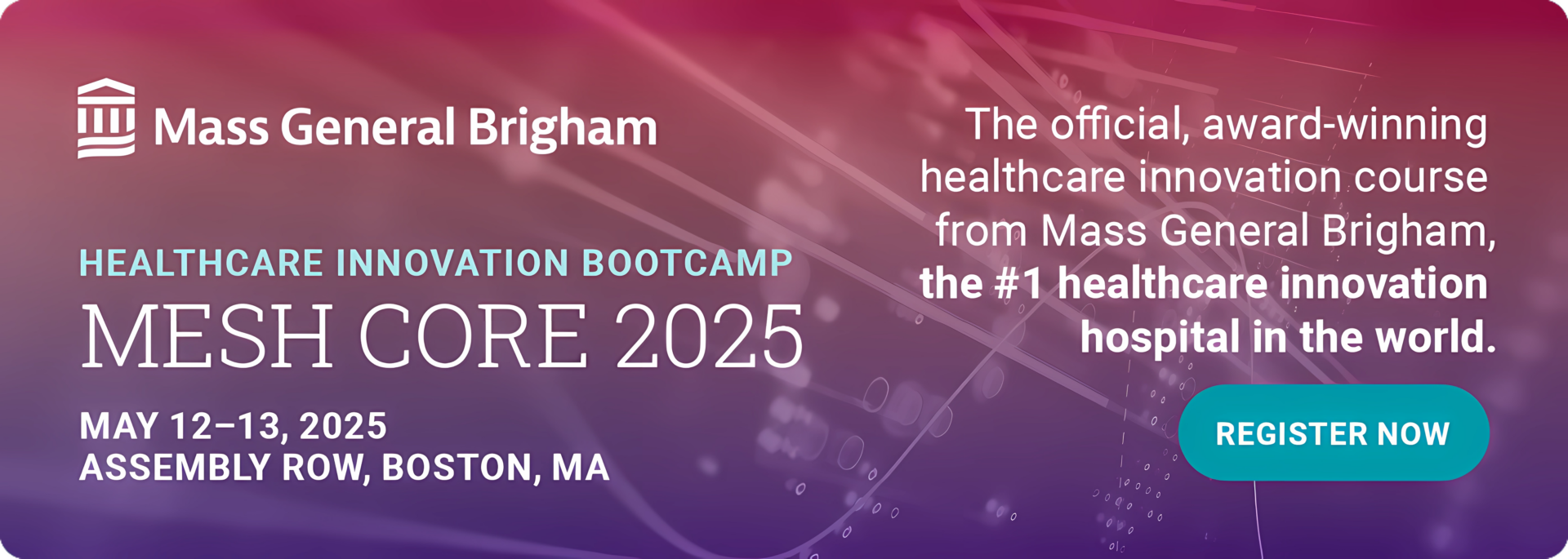Lung recruitment improves efficacy of surfactant treatment in extremely preterm neonates
1. The intubation-recruitment-surfactant administration-extubation procedure reduced the need for invasive ventilation in extremely preterm neonates compared to those not receiving lung recruitment.
2. There were no adverse effect on safety outcomes including in-hospital mortality, pneumothorax and intraventricular hemorrhage.
Evidence Rating Level: 1 (Excellent)
Study Rundown: Early surfactant administration is the most effective strategy for respiratory distress syndrome in neonates. These neonates are typically administered surfactant with the intubation-surfactant-extubation (IN-SUR-E) strategy. The IN-SUR-E technique may not be successful due to lung de-recruitment during intubation resulting in impaired surfactant distribution and efficacy. However, few studies have investigated the utility of lung recruitment procedures prior to surfactant administration in human infants.
This randomized controlled trial included 218 infants born in 35 tertiary neonatal intensive care units in Italy with gestational ages between 24+0 and 27+6 weeks. Results suggested that neonates receiving the intubation-recruitment-surfactant administration-extubation (IN-REC-SUR-E) strategy were less likely to require invasive ventilation within the first 72 hours of life compared to the IN-SUR-E group. Additionally, there were no significant differences between IN-REC-SUR-E and IN-SUR-E treated infants with regard to safety outcomes and in hospital mortality. This study was limited by its unblinded design and stringent eligibility criteria limiting generalizability of findings. Further adequately powered studies are required to identify whether the IN-SEC-SUR-E technique confers a survival benefit and its impact on long-term respiratory outcomes.
Click to read the study in The Lancet Respiratory Medicine
Relevant Reading: Surfactant replacement therapy for preterm and term neonates with respiratory distress
In-Depth [randomized controlled trial]: This study included 218 infants born between 24+0 weeks and 27+6 weeks gestational age at 35 tertiary neonatal intensive care units in Italy between 2015 and 2018. Neonates with severe birth asphyxia, 5-minute Apgar scores less than 3 or requiring endotracheal intubation in the delivery room for resuscitation were excluded from the study. Infants were given surfactant if their clinical status deteriorated rapidly while on nasal CPAP, developed respiratory acidosis or if they required an FiO2 of >0.30 to maintain oxygen saturations between 87-94%. Infants assigned to the IN-SEC-SUR-E technique received high frequency oscillatory ventilation with an oxygen guided lung recruitment procedure using stepwise increments followed by decrements in mean airway pressure to recruit and stabilise collapsed alveoli. The primary outcome was need for invasive ventilation within 72 hours of life.
Overall, 40% (43 of 107) of infants in the IN-REC-SUR-E group required invasive ventilation within 72 hours of life compared to 54% (60 of 111) of infants in the IN-SUR-E group (relative risk (RR) 0.75, 95% CI 0.57 to 0.98, p=0.037; number needed to treat [NNT] 7.2, 95% CI 3.7 to 135.0). The main indications for invasive ventilation was acute respiratory failure in both groups (84% and 85%, respectively). In-hospital mortality occurred in 21% (23 of 107) and 33% (37 of 111) of infants, respectively (RR 0.64, 95% CI 0.41 to 1.01, p=0.055). There were no significant differences in incidences of pneumothorax (RR 0.59, 95% CI 0.18 to 1.97, p=0.39), pulmonary hemorrhage (RR 0.92, 95% CI 0.37 to 2.30, p=0.86) and grade 2+ intraventricular hemorrhage (RR 0.73, 95% CI 0.37 to 1.46, p=0.38) between treatment groups; safety profiles were comparable.
Image: PD
©2020 2 Minute Medicine, Inc. All rights reserved. No works may be reproduced without expressed written consent from 2 Minute Medicine, Inc. Inquire about licensing here. No article should be construed as medical advice and is not intended as such by the authors or by 2 Minute Medicine, Inc.









